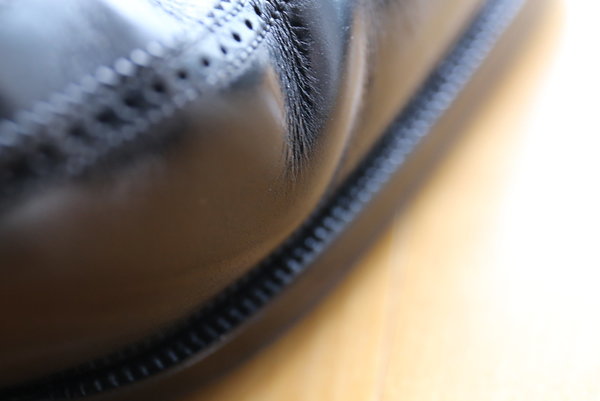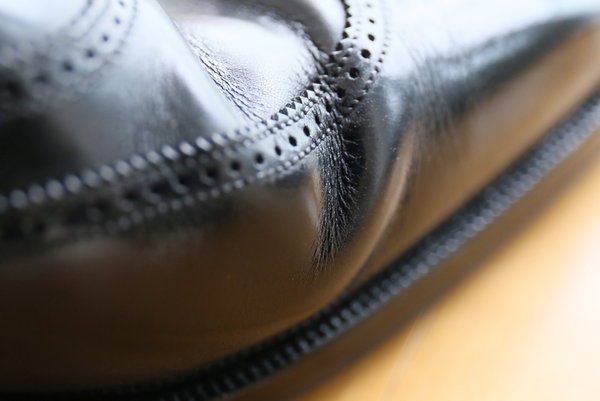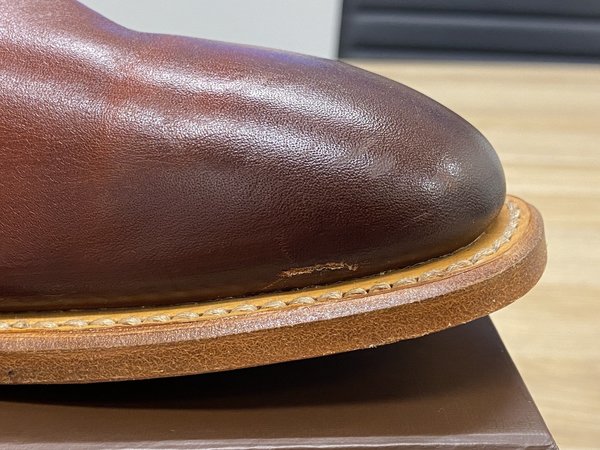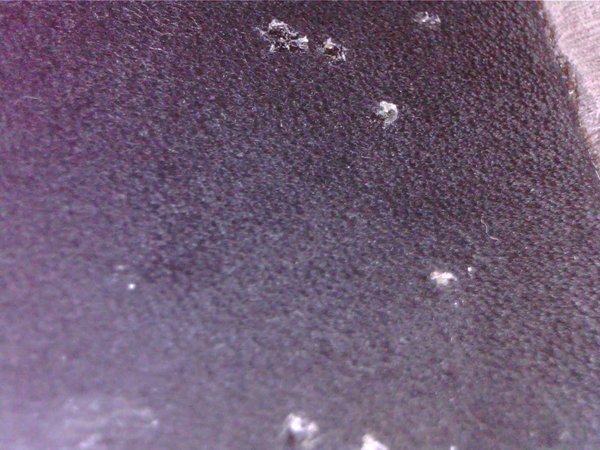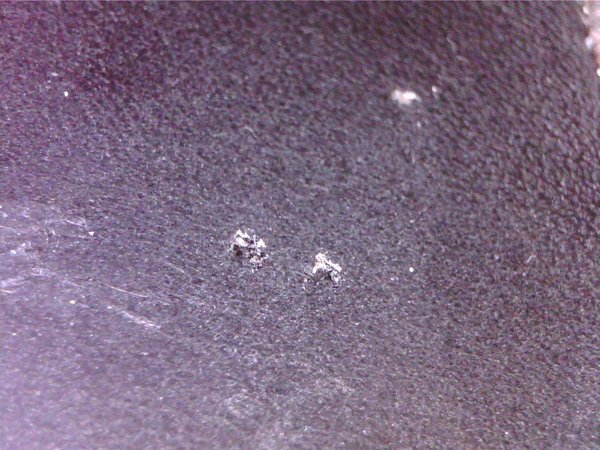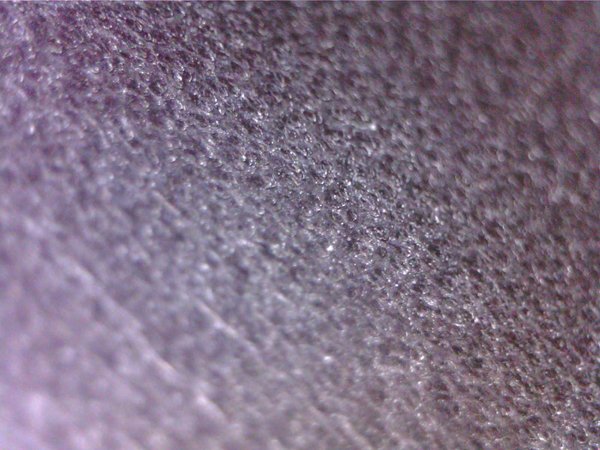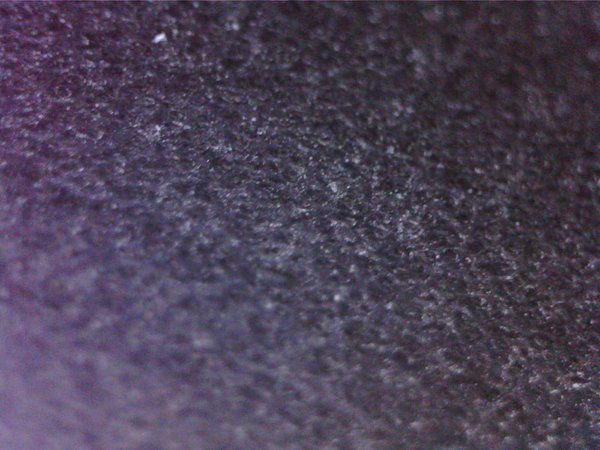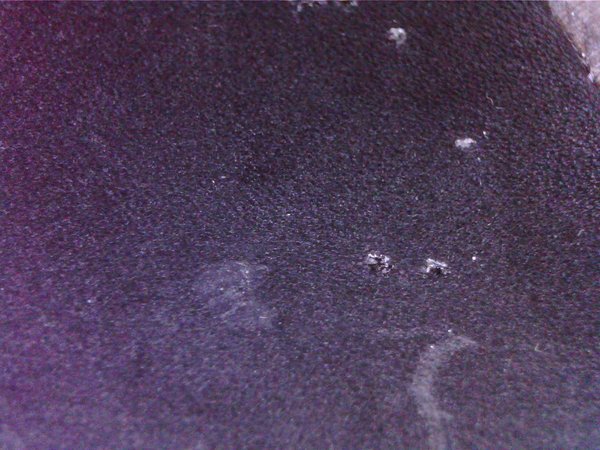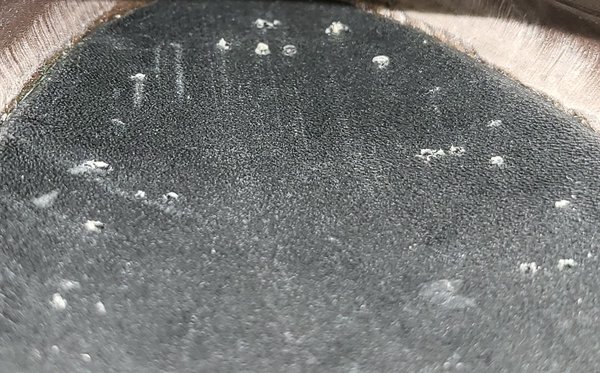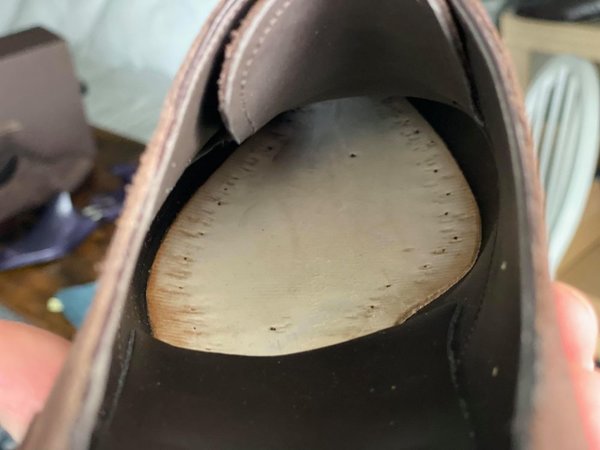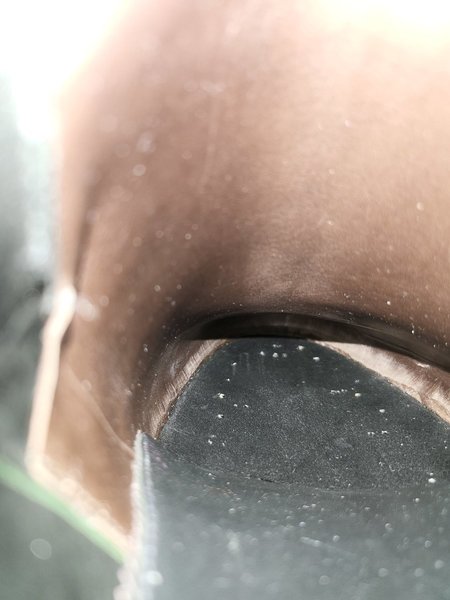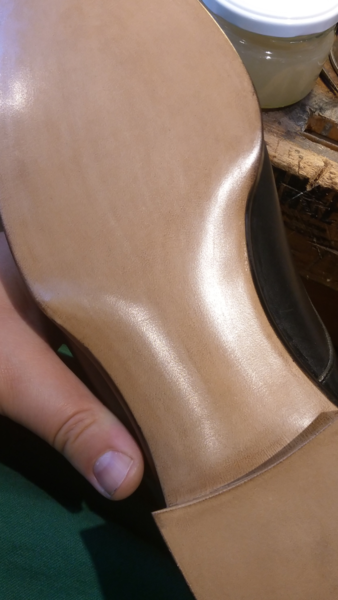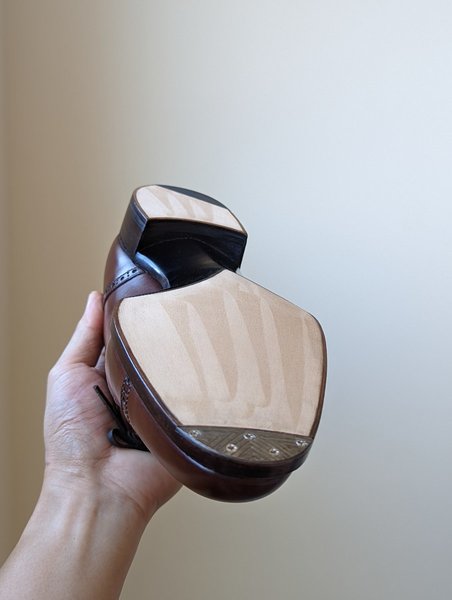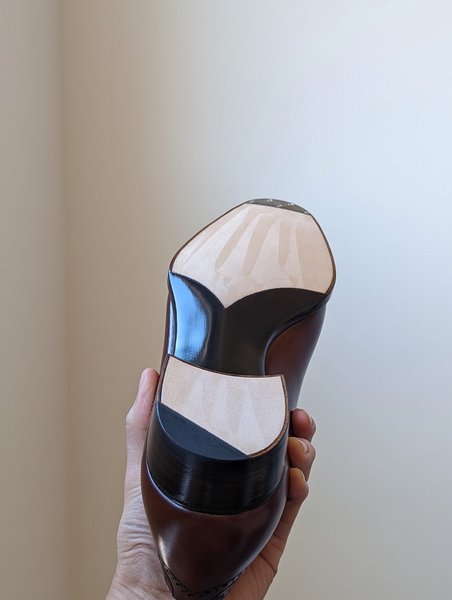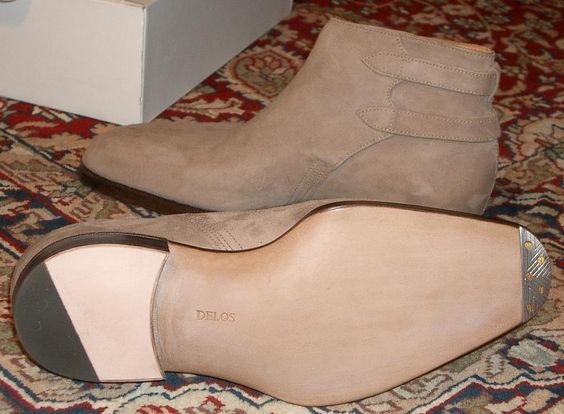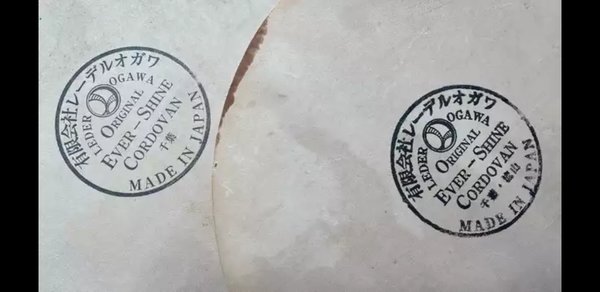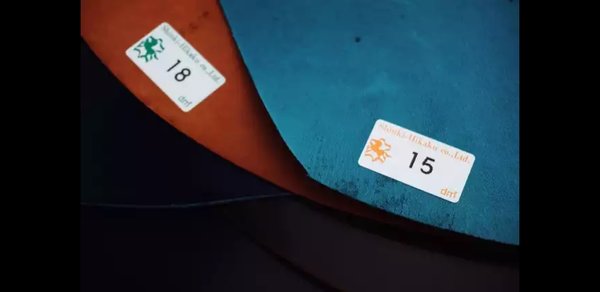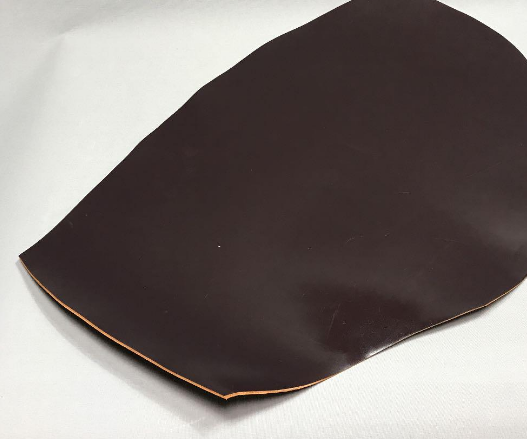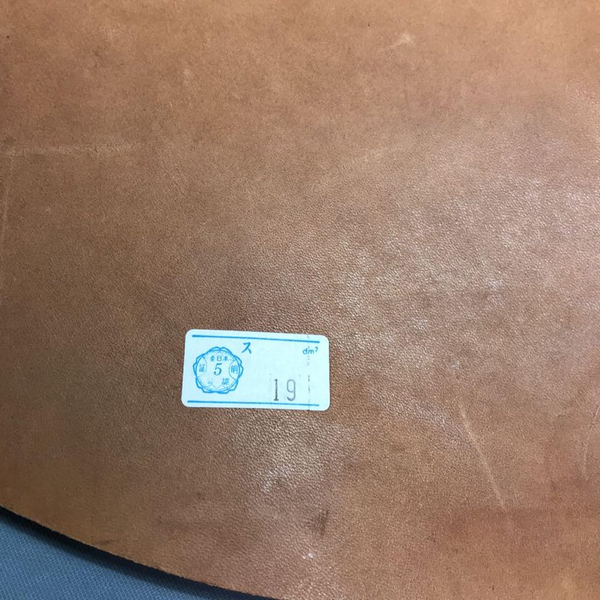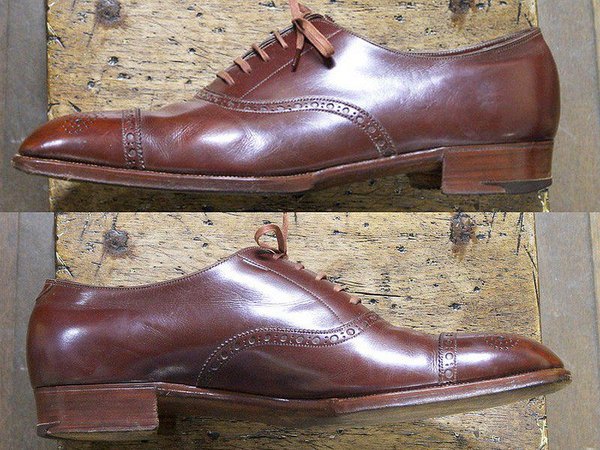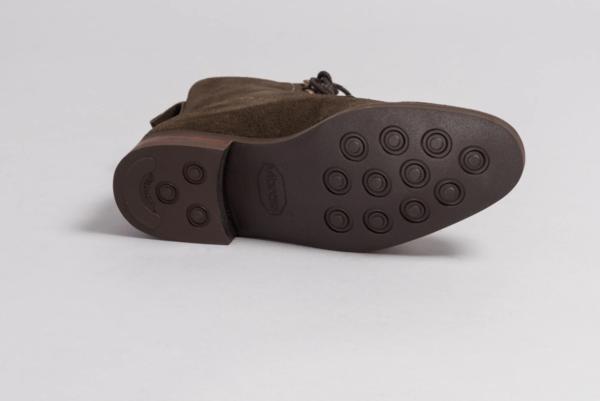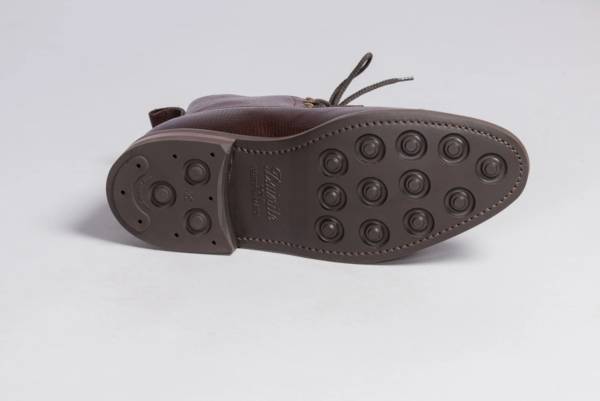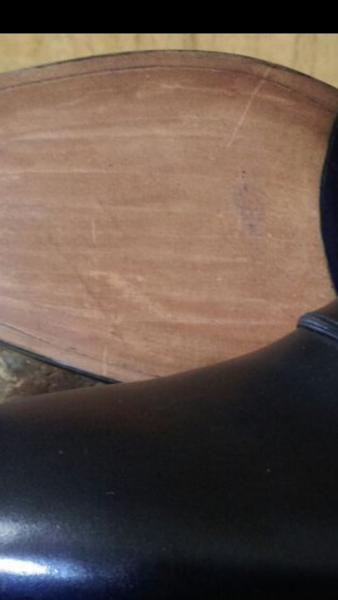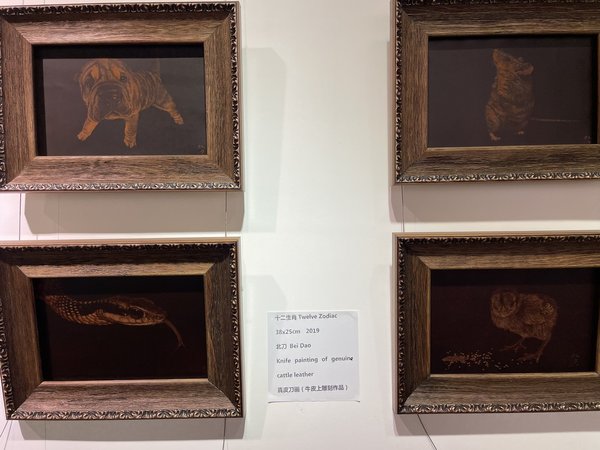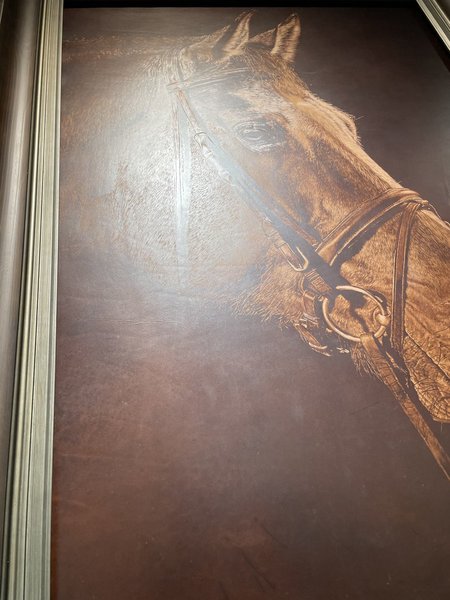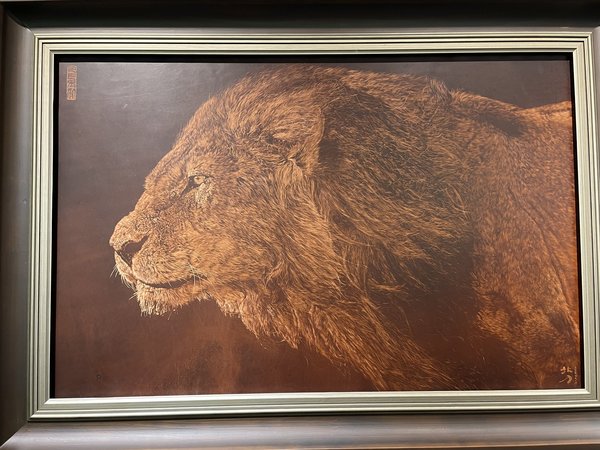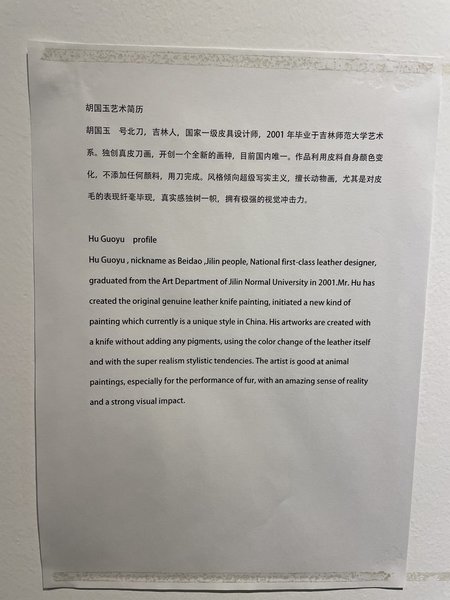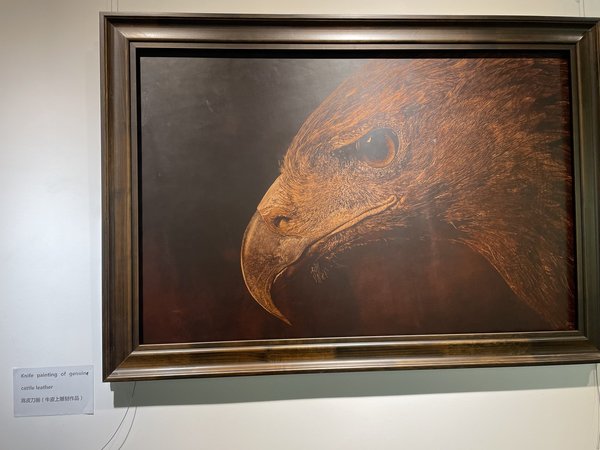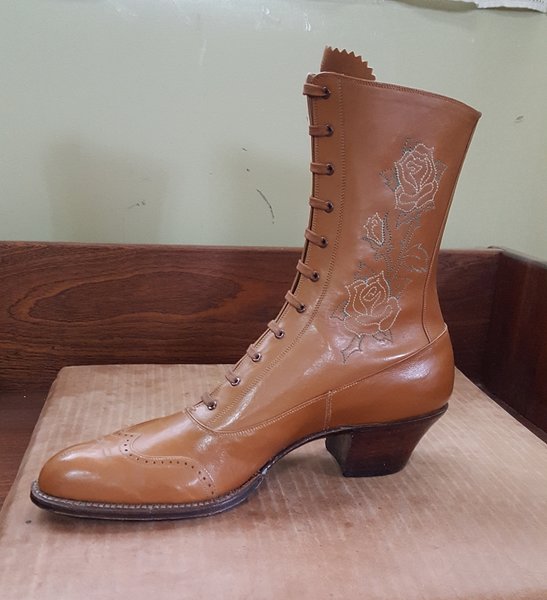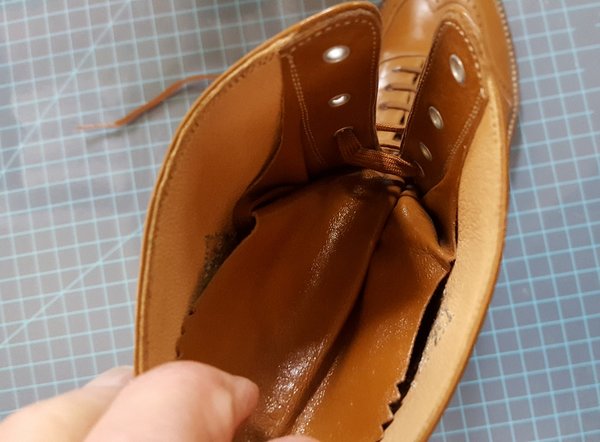- Joined
- Jan 8, 2008
- Messages
- 10,132
- Reaction score
- 5,714
I don’t know anyone who would use paste to hold a sole in place, I don’t see how it would work either as it would need to be held in place until it’s dry. It sets quite hard and isn’t known for its flexibility either. Worth noting that traditionally we use tarred felt as a filler, the rubber solution doesn’t stick to it very well before breaking down so it’s a very fugitive fixative. Stitches are where it’s at long term
No, I understand and I agree--stitches are Best Practices. But as you, yourself, mentioned, once upon a time (and the long time Traditional method), was to mount the outsole with a nail... and some would say paste as well (seems to me there was a recent post either here or on IG where a well respected maker was exploring the old ways of mounting the outsole and he was using paste, IIRC).
And don't you use paste when building a heel base?
I try to use paste whereever I can...of course, I was taught to use All-Purpose cement (neoprene) but, tbh, I hate it.
Almost as much as I hate nails.
![Crackup[1] :crackup: :crackup:](/styleforum_ads/smilies/crackup[1].gif)
![Fing02[1] :fonz: :fonz:](/styleforum_ads/smilies/fing02[1].gif)



